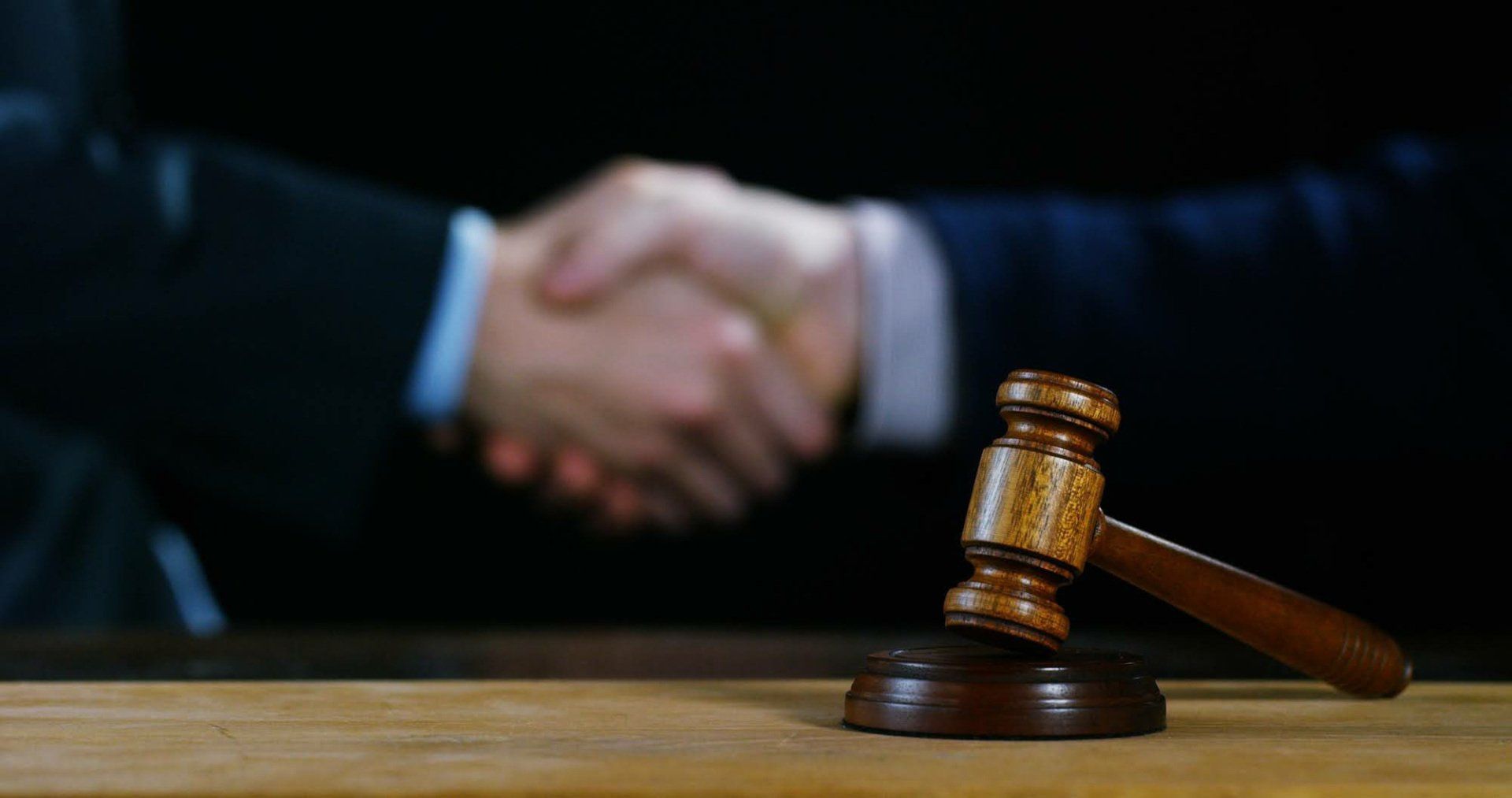An Overview of Foreseeability in Personal Injury Cases

You may come across the concept of foreseeability if you have a personal injury case. You might have to prove this concept to hold the defendant liable for your damages. Below is a brief overview of foreseeability.
Meaning and Significance
Most injury claims rest on the legal principle of negligence. You need to prove a connection between a defendant's actions and your injury if you base your case on negligence. Foreseeability is a legal concept that allows you to prove this connection. The foreseeability test requires you to prove that the defendant knew or should have known about the consequences of their conduct.
Standards
Courts can apply the foreseeability concept via two main standards.
- Subjective
The subjective standard considers what the defendant knew about their actions. Consider a case where a pharmaceutical manufacturer knows that their products contain chemicals that cause dangerous side effects but goes ahead to manufacture the drugs. Proving the manufacturer's knowledge of the danger proves the subjective standard of foreseeability. - Objective
The objective standard considers what the defendant should have known about the consequences of their actions. Thus, a defendant's actions pass the objective standard of foreseeability if a reasonable person should have known about the danger of their actions.
A reasonable person is a fictitious person who represents an average person under the circumstances. For example, in a case against a teenager, the reasonable person test examines what an average teenager should have known about the actions in question.
Consider a case where a driver claims that they didn't know they would cause an accident after running a red light and knocking over a pedestrian. You can argue that a reasonable person should have known about the dangers of running a red light in such a case.
Exceptions
The foreseeability principle doesn't apply in all injury cases. Below are someexceptions.
Intentional Acts
The foreseeability standard is not necessary if someone knowingly causes an injury. For example, you don't have to prove foreseeability if someone threatens to stab you with a knife and goes ahead to stab you. The person knows about the repercussions of their actions in such a case.
Act of God
Foreseeability doesn't apply if an act of God (natural events) occurs either as an intervening or superseding act. Intervening and superseding events occur if the actions of a third party (in this case, a natural event) interfere with the action of a defendant.
Consider a case where an earthquake causes a driver to lose control of their car and cause an accident. In this case, the earthquake is an act of God, and the foreseeability standard doesn't apply. After all, no one can foresee an earthquake and its consequences.
Criminal Acts
Foreseeability also doesn't apply to injuries stemming from criminal acts. The rationale is that criminal acts have dangerous consequences, and everyone should know about these consequences. Thus, you don't need to prove foreseeability if you get injured in the course of another person's criminal acts.
Eggshell-Skull Rule
The eggshell-skull rule holds that a defendant in an injury case is liable for the victim's full damages even if the victim had unknown and unexpected frailties that worsened their injuries. For example, an auto accident victim with a bone fracture deserves full compensation even if they only suffered the fracture because of their weak bones.
The foreseeability principle doesn't apply to eggshell-skullcases. You don't need to prove that the defendant knew or should have known about your frailties.
You don't have to worry about complicated legal concepts such as foreseeability when pursuing an injury case. Just contact
Borbi, Clancy & Patrizi, LLC, and explain the circumstances of your accident. We will evaluate your case and help you pursue your damages.
